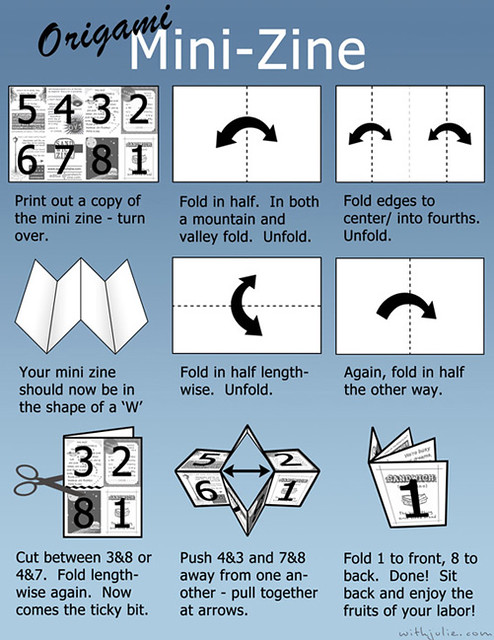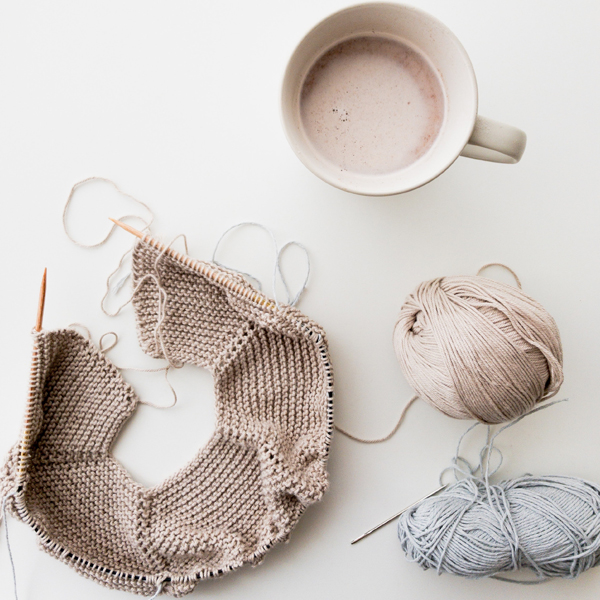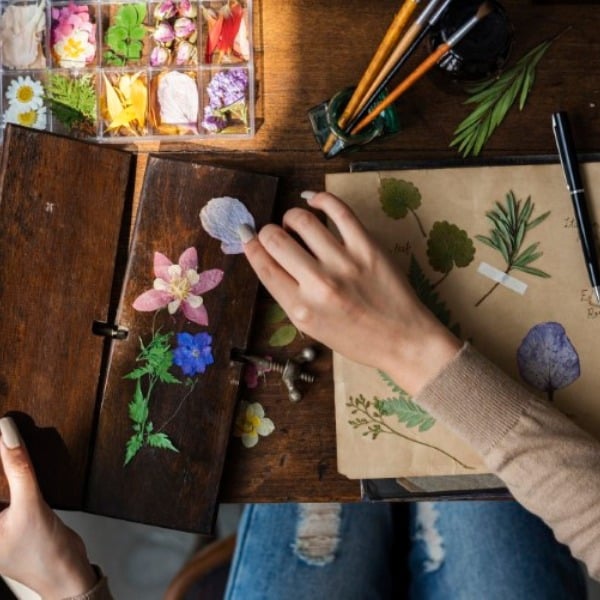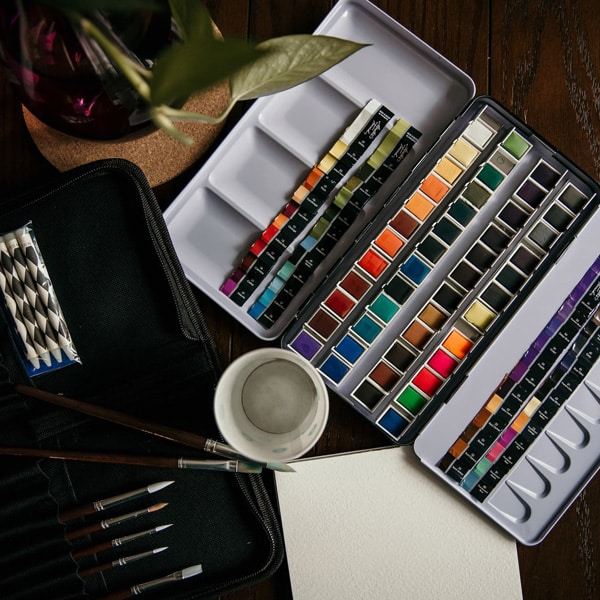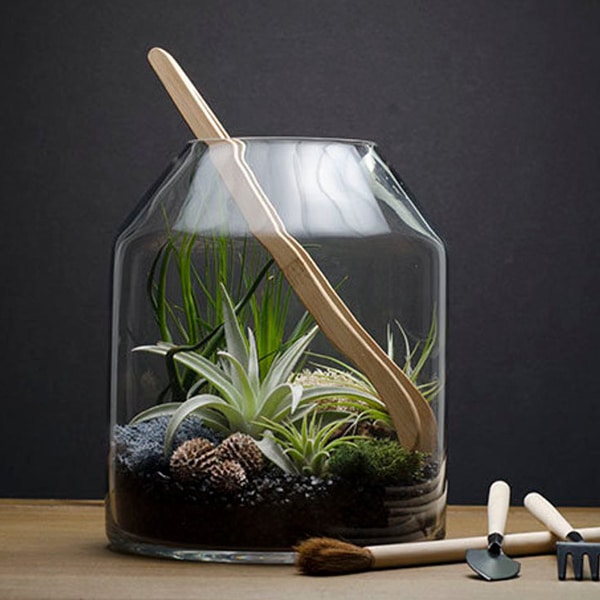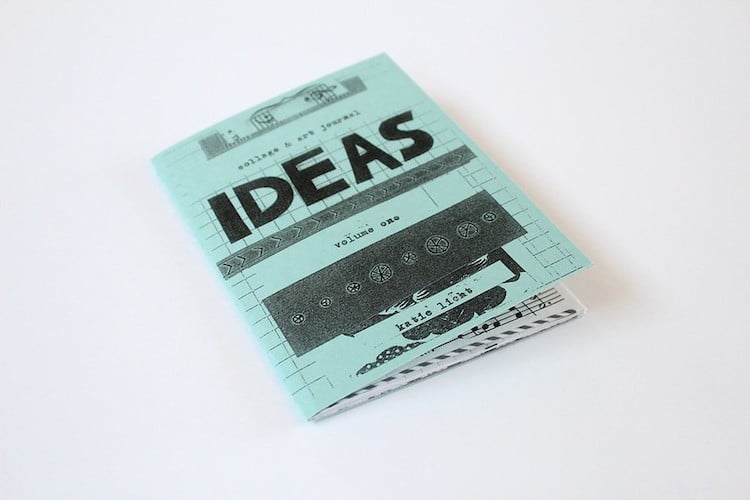
Photo: Katie, CC BY 2.0, via Flickr
Even if you’ve never heard of a zine, chances are you’ve probably had one in your hands at some point without even knowing. These handmade booklets provide a way for people to share their art, writing, musings, and give a platform to underrepresented and marginalized voices. If you’ve got something to say, why not use a zine to express yourself? Read on to learn about the history of the zine, and how you can make one yourself.
What is a zine?
A Brief History of the Zine
Before the the Internet, zines allowed people to create networks, share ideas, and creatively collaborate. The first zines were created in the 1930s, when artists rendered their own science fiction fanzines, or “fan magazines.” During the Beat generation of the 1950s and 1960s, independent authors self-published zines that explored their views on American culture and politics.
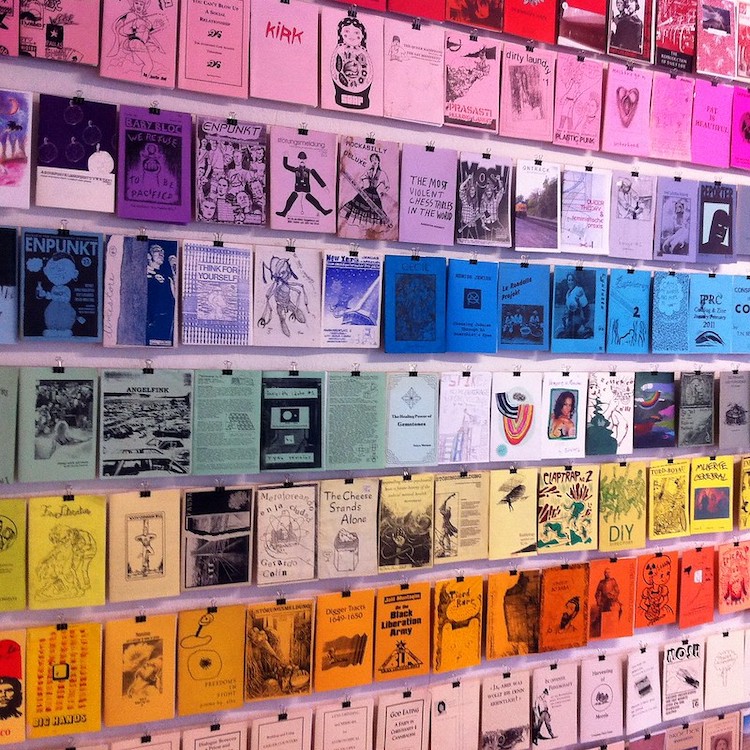
Photo: Philpp Messner via Flickr (CC BY-NC 2.0)
Zines continued to be a medium of expression throughout the 1970s, when they allowed people to have a voice outside of mainstream media. The self-published magazines helped shape the feminist movement, and in the 1980s, the punk scene saw an array of zines dedicated to music and a cultural revolt against authority.
In the 1990s, the riot grrrl movement (an underground feminist punk movement) used zines to reach out to women across the U.S. in order to start a “girl riot” against a society they believed was sexist. The handmade aesthetic of the zines helped visualize the group’s “do it yourself” attitude.
The zine is still a much-loved medium today that continues to have a rebellious charm. Many people around the world are continuing to make their own individually designed publications that explore all kinds of subjects, from art and music to poetry and politics. Read on to learn how you can make your own zine.
How to Make a Zine

Photo: Ksenia Chernaya, via Pexels
There are no rules when it comes to making a zine. It can be handmade—using paper and drawing materials—or it can be designed digitally and printed. You could even create a collage-style zine using found images from magazines. It’s entirely down to the materials you feel comfortable with, as well as how you’d like your zine to look. So, grab your preferred tools and read on to learn the steps you’ll need to take to make your zine a reality.
1. Decide what your zine is going to be about
View this post on Instagram
The idea of self-publishing can be intimidating, but your zine doesn’t have to be the next best-selling novel. They typically only contain around eight pages, so the ideal content should be short and fun. Your zine could be about your own personal experiences, or it could tell the story of someone else. Here are some zine ideas to help get your creative juices flowing:
- A poetry zine
- A photography zine
- A comic
- A short story
- A collection of essays
- A little cookbook full of your own recipes
- A booklet of cocktail ideas
- An informational zine about your favorite subject
- An illustrated glossary of terms
- A zine about your home country or heritage
- A zine about your favorite band
- A collection of your favorite quotes
- An instruction manual on how to make something
The options are endless! However, if you’re not into publishing something solo, why not get together with friends and brainstorm a zine idea you can make as a group?
2. What format will it have?
View this post on Instagram
Zines can take on all kinds of formats, from accordion zines and stitch-bound booklets, to fold-out poster zines and online-only zines. For beginners, there are two simple formats that are super easy to craft yourself at home using printing paper: a mini, eight-page folding zine and a standard A5 booklet.
Keep in mind, if you want to create multiple zines of the same design, use a copy machine to scan and print out multiples of the original artwork.
The Eight-Page Folding Zine
This folding zine format uses just one piece of A4 paper, folded into eight rectangles with a horizontal slit down the center. Each little rectangle represents one page of your zine. Remember that the pages won’t be in sequential order when they’re laid out flat as one piece of paper. The front page will be on the bottom right, and the back page will be one rectangle to the right. This might sound complicated, but for an easy visual explanation, check out the folding instructions below, plus a video that shows you how it’s done.
The A5 Booklet
Making a DIY booklet allows you to decide how many pages your zine will have. You can make one by combining a bunch of A4 paper and folding it in half (so that the left and right sides touch). You can also add a single page at the back of the pile of paper that acts as the front and back cover. This could be a colored page, or a thicker piece of card. For those creating a zine digitally, you can create your layout on Photoshop, InDesign, or any other digital tool you feel comfortable with. Once you’re finished, print your pages out, order them, and fold them all together into a booklet. Watch the video below for a more in-depth explanation.
If you make this style of zine, you might want to bind it together at the booklet’s spine. (Read on to discover how you can do this in the next section.)
Once you’ve decided on the format, now it’s time for the fun part. Fill your blank pages with your own visuals and writing.
3. How do you want to bind it all together?
View this post on Instagram
Binding your booklet together is the last step to completing your zine. For a simple, quick solution, use a long-armed stapler to staple your pages vertically down the center of the booklet. Use two to three staples to secure your pages, and if you’re feeling creative, try using colored ones.
Stitch-binding is another technique that’s popular among zine makers, but it takes a little more time. However, this process allows you to add a little more personality to your publication. First, fold your zine in half to make a crease and poke three holes along the fold. Use sewing thread, embroidery thread, or any other yarn that you like to thread through the holes with a simple running or saddle stitch until the pages feel secure. Check out the video below for how to create a saddle stitch.
Your zine is complete! Now it’s time to share it with the world.
Related Articles:
Top 8 Art Magazine Subscriptions That Celebrate Creativity in Print
10+ Essential Art Supplies to Help You Start Drawing Your Own Comics
10 Essential Craft Supplies That Are Must-Haves for Your Studio Stash
10 Art Books That Will Nourish Your Creative Soul This Month

